Persona precision
Develop detailed user personas to guide targeted design strategies.
Understand your users through research to identify and solve the right problems.
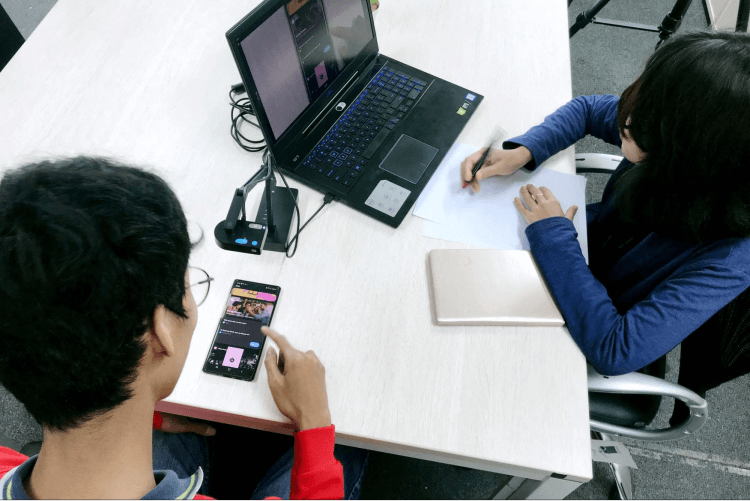
In-depth insights for user-centric design.
Crafting personas for precise targeting.
Refine through practical usability tests.
Iterate based on seamless user feedback.
We excel in designing precise research plans to gather vital data, providing insightful recommendations for informed decision-making.
Our user-focused approach empowers clients to strategically enhance products and services.
Lack of clear user personas hampers development.
Usability issues harm satisfaction and engagement.
Limited understanding of user behaviors stifles innovation.
Insufficient data impedes strategic decision-making.
Our customer research ensures deep insights, actionable strategies, and a user-centric mindset for a product that surpasses expectations.
3
Complete projects
105
Hours of practice
Qualitative & quantitative methods, interviewing, diary studies, experimental design, lab research, usability testing, statistics, interactive data visualization.
Experience in setting up UX Operations with a Lean UX approach and the collaboration between different teams to establish UX inside a company.
I help businesses gain insights regarding who their product users are, what they need, how that blends into business goals, and how to utilize that information to design improved experiences for users.
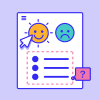
Quality Management
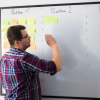
User Research

Competitor Benchmarking

User Experience Design

Use Cases

Experience Maps
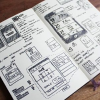
Idea Sketching

User Personas

Session Analysis

Feedback analysis

Usability Tests

Card Sorting

Experience Maps

Idea Sketching

User Personas

Session Analysis

Feedback analysis

Usability Tests

Card Sorting

User Interviews
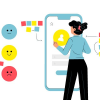
User Surveys

Research plan
User personas provide a clear understanding of your target audience, guiding design decisions and ensuring your product resonates with the intended users. They enhance empathy, leading to more user-centric and effective strategies.
Usability testing identifies user experience strengths and weaknesses. It ensures your product is intuitive, enjoyable, and aligns with user expectations, ultimately enhancing user satisfaction and retention.
Regular feedback sessions are essential for continuous improvement. We recommend integrating feedback loops throughout the design process, adapting your product to evolving user needs and expectations.
Absolutely. Customer research is valuable for both new and existing products. For existing products, it uncovers opportunities for enhancement, optimization, and aligning features with evolving user expectations.